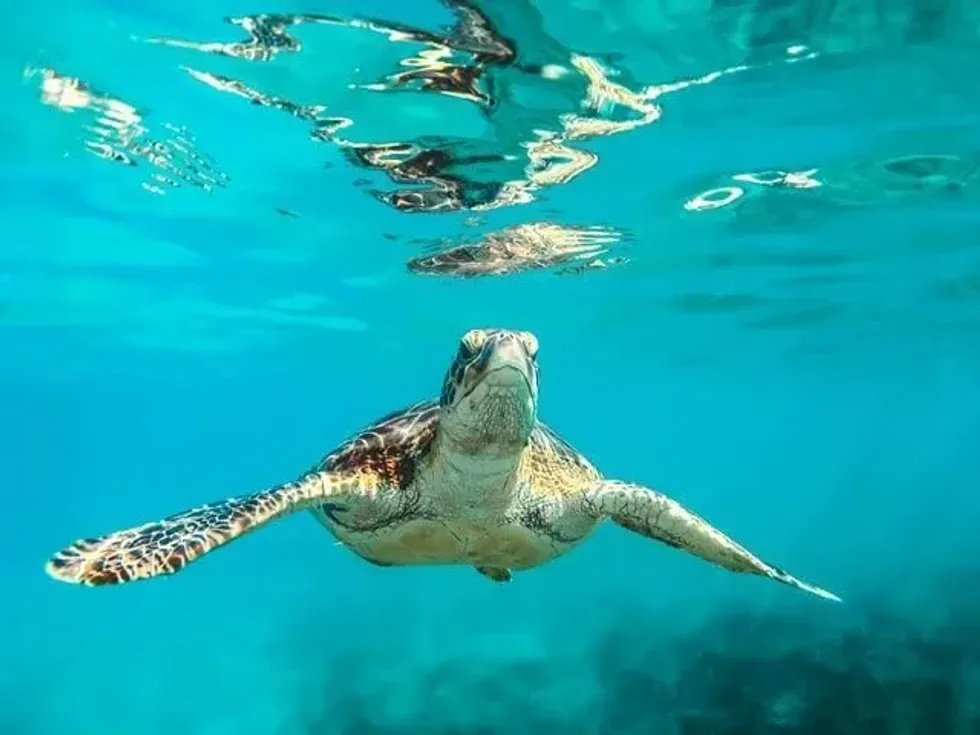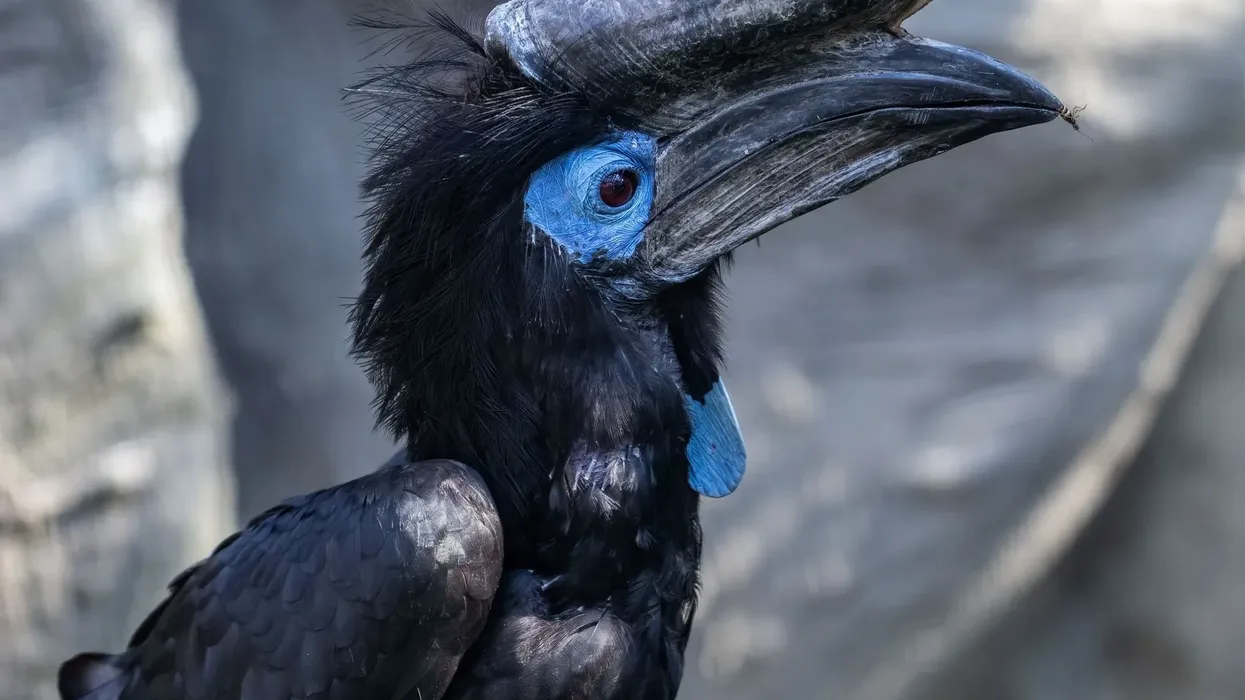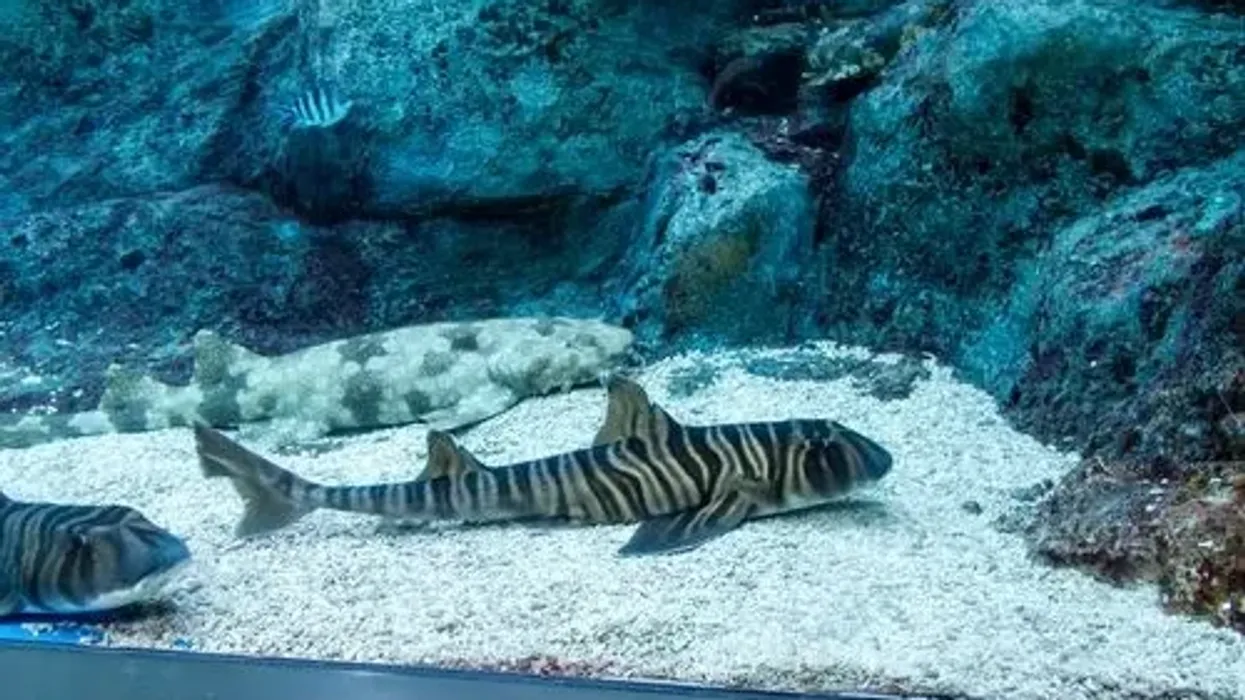The black seabream (Spondyliosoma cantharus) is a common schooling fish and also a commercially important fish belonging to the Sparidae family. These fish acquire their names from the black stripes appearing on the male’s body that are visible when the appropriate time for it to breed takes place.
Black bream is a known common member of the seabream family and is evidently endemic to the UK waters. Black seabream range at depth from 16.4- 984.2 ft (5-300 m).
The Spondyliosoma cantharus is a bottom to lower water dweller and shows shoaling nature. It is often associated with weedy/rocky ground, or gravely grounds and is also observed along reefs and wrecks.
The black seabream (Spondyliosoma cantharus) are fascinating fish species due to their nesting behavior and the fact that they exhibit hermaphroditism. They feed on invertebrates and seaweed and are docile in nature.
Read on to know more intriguing facts related to the breeding, family, diet, and distribution of the Spondyliosoma Cantharus. For more relatable content, read about gilt-head seabream and black lancer catfish.
Black Seabream Interesting Facts
What type of animal is black seabream?
The black sea bream is a type of fish belonging to the Sparidae family.
What class of animal does black seabream belong to?
Black sea bream fish belongs to the Actinopterygii class of the Animalia kingdom.
How many black seabreams are there in the world?
The black sea bream (Spondyliosoma cantharus) is an extremely important commercial fish and hence the exact number of the fish is unknown as the population keeps fluctuating.
Where does black seabream live?
The black seabream distribution can be found on the southwest coast of Portugal, the Mediterranean, the Irish Sea, and the English Channel, usually endemic to the marine waters and inshore shelves at a depth ranging from 16.4-984.2 ft (5 to 300 m).
What is black seabream's habitat?
Black seabream habitat comprises of the rocky and sandy sea bed. These fish dwell in warm marine and brackish environments.
Who does black seabream live with?
The black sea bream fish show shoaling nature and hence live with schools of their own species.
How long does black seabream live?
Black seabream's life span is of around 15 years when thriving inhabitable conditions.
How do they reproduce?
Black seabream (Spondyliosoma cantharus) is a known winter-spring spawner and shows spawning from the month of February to April. After that till May, it is time for spawning. The reproduction of these species is quite fascinating as they are hermaphrodites in nature and undergo a sex change.
Females reach sexual maturity at 7.8 in (20 cm) in length and the change of sex from females to males occurs between the length of 11.8 in (30 cm) to the length 15.7 in (40 cm).
Males are distinguishable in the breeding season due to the change in their color which becomes darker and is visible with vertical white bars.
Females, however, consist of the long horizontal bar which is white in color and prominent when they are ready to lay eggs.
Males dig a small shallow space in the seabed by moving the sand over the edge to create a crater for the females to lay their eggs in. The eggs are sticky as they become strongly attached to the rock surface.
Further, males fertilize the eggs and subsequently guard the nest by waving off predators, and debris and keeping the eggs safe.
What is their conservation status?
The black sea bream is listed as least concerned on the IUCN list of Threatened species and hence their population is under control as of now.
Black Seabream Fun Facts
What does black seabream look like?
The black seabream is ovoid in shape. It consists of a single dorsal fin that is long and runs along two-thirds of its body length.
The fish also has a short snout with the presence of scales on its opercle and cheeks whereas the preopercle is scaleless. The spines are short in size and protruding. The gill covers of these species are also sharp.
Their tail is forked and the anal fin is much shorter as compared to other fins. Their mouth is usually small but extremely strong and the teeth are present in a row of four to six and are extremely sharp.
The black sea bream are usually black silvery grey in color with pinkish, bluish, and greenish tints. It has stripes that range from black to silver towards its belly and tend to get darker during the breeding season.
 *We've been unable to source an image of black seabream and have used an image of redhead cichlid instead. If you are able to provide us with a royalty-free image of black seabream, we would be happy to credit you. Please contact us at hello@kidadl.com.
*We've been unable to source an image of black seabream and have used an image of redhead cichlid instead. If you are able to provide us with a royalty-free image of black seabream, we would be happy to credit you. Please contact us at hello@kidadl.com.
How cute are they?
The black sea bream is not exactly cute as other species of fish like the angelfish but the striking features of these species are surely eye-catching.
How do they communicate?
These black sea bream, just like the other fish of the sea communicate through their motions and swimming habits.
How big is black seabream?
Black seabream size is 1.9 ft (0.5 m) in length and is 10 times bigger than the Bolivian ram fish.
How fast can a black seabream swim?
The exact speed of the seabream black fish is unknown but they can swim at an average speed to catch their prey.
How much does black seabream weigh?
The black sea bream weighs around 7.9 lb (3.6 kg). It is way heavier than a cuttlefish.
What are the male and female names of the species?
Both males and females are called black seabream.
What would you call a baby black seabream?
There is no specific name given to a baby black sea bream but usually, a baby fish is known as fry.
What do they eat?
The black seabream diet consists of seaweeds and small invertebrates like crustaceans, polychaetes, amphipods, hydrozoans, and gastropods found in marine waters. They also feed on algae and zooplankton as they are omnivorous.
Are they aggressive?
No, the black seabream fish cannot be termed as aggressive, just like a clownfish.
Would they make a good pet?
Yes, the black bream can be considered a good option to be kept as a pet due to its docile behavior. Many fishes of the same species can be kept together due to their schooling nature which will eventually enhance the aesthetic.
Did you know...
The seabream black fish prefer warm marine and freshwaters and even show migration in extremely cold conditions.
Different types of seabream
There are over one hundred species of sea bream across the world. The black seabream and the red sea bream are some of the most important species of sea bream fishes found.
The red bream (Pagellus bogaraveo) fish is quite similar to the black seabream but has a higher lateral line and is pink to reddish in color on its upper flanks and fades to silver around its belly.
Another type of sea bream fish is the ray bream fish, which is a large sea bream species of fish and reaches almost 10 lb (4.6 kg). The pandora bream has a much slimmer body and is silver in color.

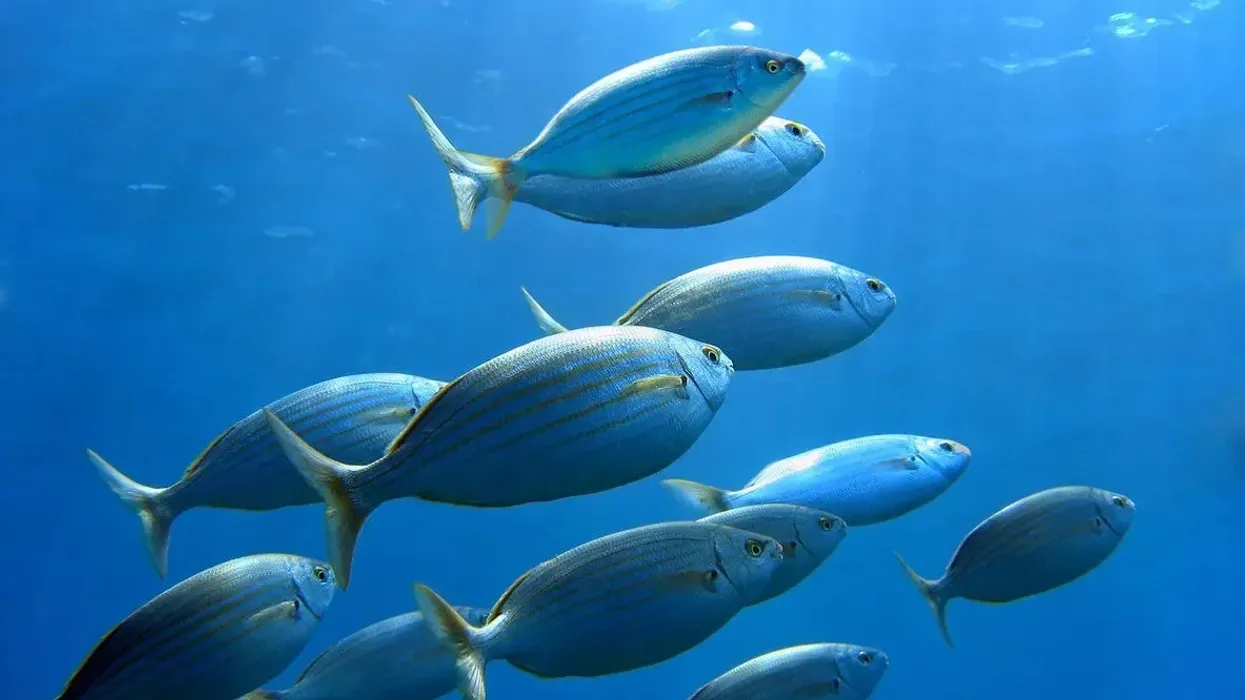
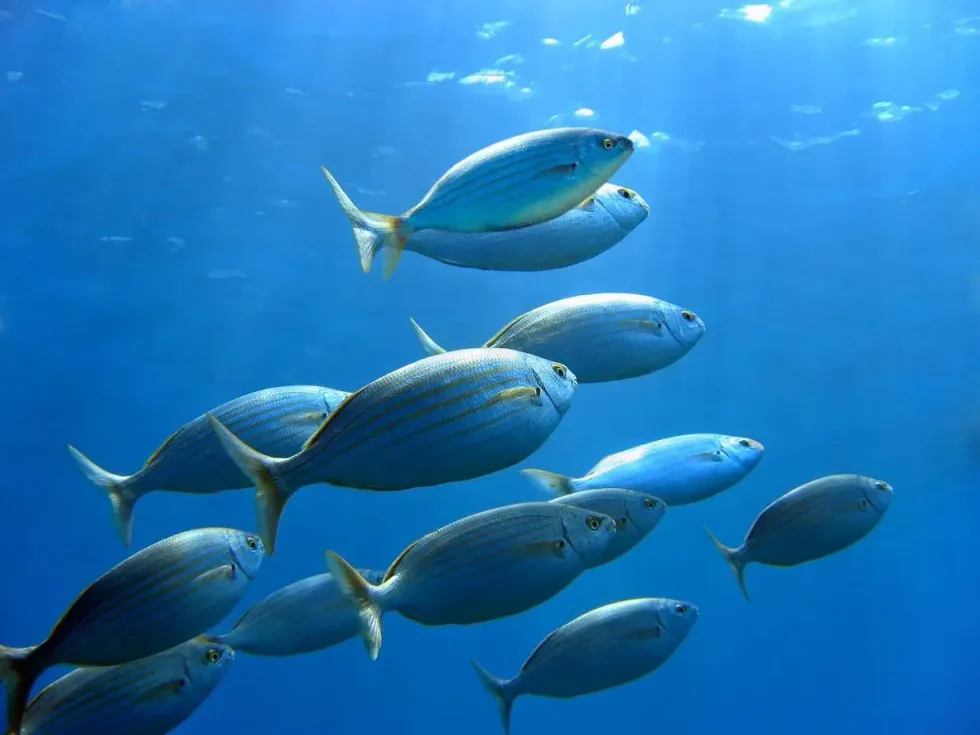

 *We've been unable to source an image of black seabream and have used an image of redhead cichlid instead. If you are able to provide us with a royalty-free image of black seabream, we would be happy to credit you. Please contact us at hello@kidadl.com.
*We've been unable to source an image of black seabream and have used an image of redhead cichlid instead. If you are able to provide us with a royalty-free image of black seabream, we would be happy to credit you. Please contact us at hello@kidadl.com.

